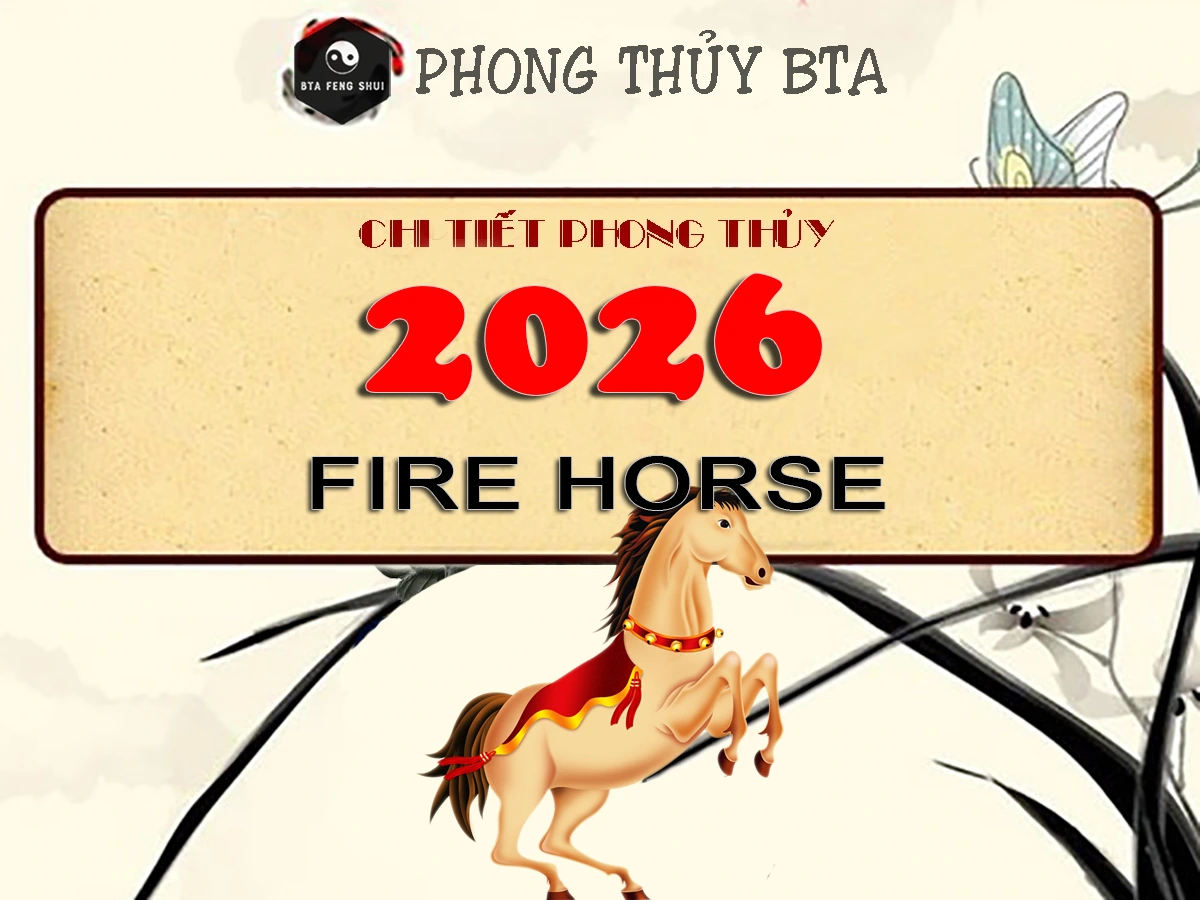Chinese Zodiac
The Chinese Zodiac, or Shēngxiào (生肖), is a repeating 12-year cycle in which each year is represented by one of twelve animals: Rat, Ox, Tiger, Rabbit, Dragon, Snake, Horse, Goat, Monkey, Rooster, Dog, and Pig. Based on the lunar calendar, each animal carries symbolic traits that shape beliefs about personality, compatibility, and yearly fortune.
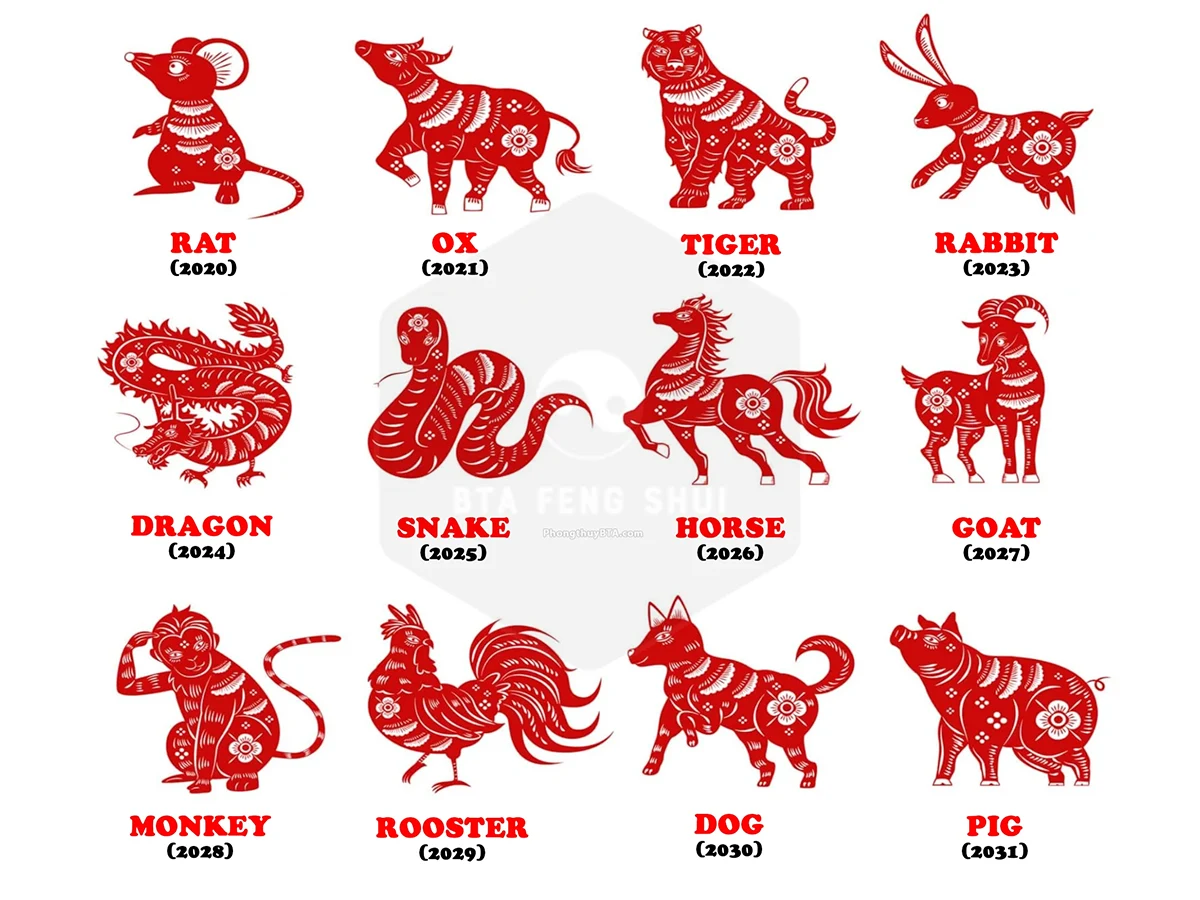
What Is My Chinese Zodiac Sign?
To find your Chinese zodiac sign, you need to know the lunar year you were born in. Since each zodiac year begins on Chinese New Year—not January 1st—your sign may differ from your Gregorian birth year, especially if you were born in January or early February.
Check the zodiac years table below or use the calculator to confirm your exact sign quickly.
Chinese Zodiac Years
| Animal Sign | Chinese Name | Birth Year |
|---|---|---|
| Rat | 鼠 (shǔ) | 1924, 1936, 1948, 1960, 1972, 1984, 1996, 2008, 2020, 2032 |
| Ox | 牛 (niú) | 1925, 1937, 1949, 1961, 1973, 1985, 1997, 2009, 2021, 2033 |
| Tiger | 虎 (hǔ) | 1926, 1938, 1950, 1962, 1974, 1986, 1998, 2010, 2022, 2034 |
| Rabbit (Cat in Vietnamese Zodiac) | 猫/貓 (māo) | 1927, 1939, 1951, 1963, 1975, 1987, 1999, 2011, 2023, 2035 |
| Dragon | 龙/龍 (lóng) | 1928, 1940, 1952, 1964, 1976, 1988, 2000, 2012, 2024, 2036 |
| Snake | 蛇 (shé) | 1929, 1941, 1953, 1965, 1977, 1989, 2001, 2013, 2025, 2037 |
| Horse | 马/馬 (mǎ) | 1930, 1942, 1954, 1966, 1978, 1990, 2002, 2014, 2026, 2038 |
| Goat (Sheep) | 羊 (yáng) | 1931, 1943, 1955, 1967, 1979, 1991, 2003, 2015, 2027, 2039 |
| Monkey | 猴 (hóu) | 1932, 1944, 1956, 1968, 1980, 1992, 2004, 2016, 2028, 2040 |
| Rooster | 鸡/雞 (jī) | 1933, 1945, 1957, 1969, 1981, 1993, 2005, 2017, 2029, 2041 |
| Dog | 狗 (gǒu) | 1934, 1946, 1958, 1970, 1982, 1994, 2006, 2018, 2030, 2042 |
| Pig | 猪/豬 (zhū) | 1935, 1947, 1959, 1971, 1983, 1995, 2007, 2019, 2031, 2043 |
=>> See also: Chinese Zodiac Years Chart - Find Your Exact Zodiac Sign and Dates
There are two ways to mark the beginning of a zodiac year:
- Chinese New Year – the commonly used method Falls between January 21 and February 20 and is what most people rely on to identify their zodiac sign.
- Start of Spring (Lìchūn) – the traditional solar term Occurs around February 3–5 and is mainly used by traditional or professional astrologers.
Because these two dates don’t always match, people born in January or early February might belong to either the previous or the next zodiac sign.
Chinese Zodiac Calculator
=> Please use the Chinese Zodiac calculator here.
Origins and Cultural Background of the Chinese Zodiac
The Chinese zodiac is believed to have grown out of ancient animal worship, with its roots tracing back more than 2,000 years to the Qin dynasty. Over time, this early form of zoolatry evolved into a structured system used not only for marking years but also for explaining personality, compatibility, and cultural identity.
A popular legend explains how the twelve animals received their order. The Jade Emperor announced a “Great Race,” inviting all animals to reach the Heavenly Gate. Their finishing order would determine their place in the zodiac cycle.
Rat, small but clever, won by riding on Ox’s back and leaping ahead at the final moment—placing Ox second. Tiger came next, outrunning Rabbit by a narrow margin for third and fourth place. Dragon, despite its power, arrived fifth after stopping to help others. Snake secured sixth by surprising the crowd and claiming to be Dragon’s adopted son. Horse and Goat reached the gate together, politely yielding to one another and taking seventh and eighth. Monkey’s agility earned it ninth place, while Rooster, Dog, and Pig arrived afterward, completing the twelve-animal cycle.
=>> Read more: The Chinese Zodiac Story - Legend, Race, and Hidden Traits
The System Behind the Chinese Zodiac
Chinese zodiac traits, compatibilities, and fortunes come from its unique time-keeping system. Instead of constellations like Western astrology, it uses ancient astronomical terms that define years, months, days, and even hours.
At the core of this system are the Earthly Branches (地支 / Dì Zhī)—originally used to label years—and later extended to hours of the day based on solar time. Twelve Branches form a cycle, and each was eventually paired with an animal as an easy mnemonic.
Complementing them are the Ten Celestial Stems (天干 / Tiān Gān). When Stems and Branches combine, they create a repeating 60-year cycle. Every pair also corresponds to one of the Five Elements (Water, Wood, Fire, Earth, Metal) and carries either Yin (阴) or Yang (阳) energy. Together, these layers explain why each zodiac sign has distinct characteristics and compatibility rules.
Key Components of the Zodiac System:
- Twelve Earthly Branches (with animal symbols): zi (子 - Rat), chǒu (丑 - Ox), yín (寅 - Tiger), mǎo (卯 - Rabbit), chén (辰 - Dragon), sì (巳 - Snake), wǔ (午 - Horse), wèi (未 - Goat), shēn (申 - Monkey), yǒu (酉 - Rooster), xū (戌 - Dog), hài (亥 - Pig).
- Ten Celestial Stems: jiǎ (甲), yǐ (乙), bǐng (丙), ding (丁), wù (戊), jǐ (己), gēng (庚), xīn (辛), rén (壬), guǐ (癸).
- Yin & Yang Classification: Yang signs (Rat, Tiger, Dragon, Horse, Monkey, Dog), Yin signs (Ox, Rabbit, Snake, Goat, Rooster, Pig).
- Five Elements (Wu Xing):
- Water – Rat, Pig
- Wood – Tiger, Rabbit
- Fire – Snake, Horse
- Earth – Ox, Dragon, Goat, Dog
- Metal – Monkey, Rooster
- Twelve Shi Chen (two-hour periods): Each day is split into 12 segments, each ruled by an Earthly Branch and animal—for example, 23:00–00:59 is the Zi Hour, linked to the Rat.
Chinese Zodiac Compatibility
Chinese zodiac compatibility explains how each of the 12 signs interact in love, friendship, and partnerships. The system is built on two core ideas:
- Six Harmonies (六合 / liù hé): the most naturally compatible pairs.
- Four Trines (三合 / sān hé): groups of three signs that work well together and complement one another.
Compatibility is also influenced by the Five Elements — Wood, Fire, Earth, Metal, and Water. Signs with supportive elements tend to create harmony, while conflicting elements may lead to tension.
These principles are traditionally used to assess relationship potential, especially in marriage. You can explore detailed pairings and best matches in the full compatibility guide.
Fortune and Personality of the 12 Chinese Zodiac Animals
Rat (鼠 - Shǔ) – The Clever Strategist
People born in the Year of the Rat are quick-witted, resourceful, and naturally thrifty. They have an excellent sense for opportunities and rarely face financial difficulties. Rats are generous only with those they truly value, as they guard their resources carefully. Highly adaptable and observant, they prefer to work smart rather than hard and usually come out on top in challenging situations.
- Science: Yang sign, Earthly Branch Zi (子).
- Active hours: 11 p.m. – 1 a.m. (when rats are most active)
- Personality: Intelligent, charming, ambitious, meticulous
- Best career fields: Business, writing, music, design, finance
- Most compatible: Ox, Dragon, Monkey
- Least compatible: Horse
- Folklore: Seen as a symbol of alertness and quick fortune.
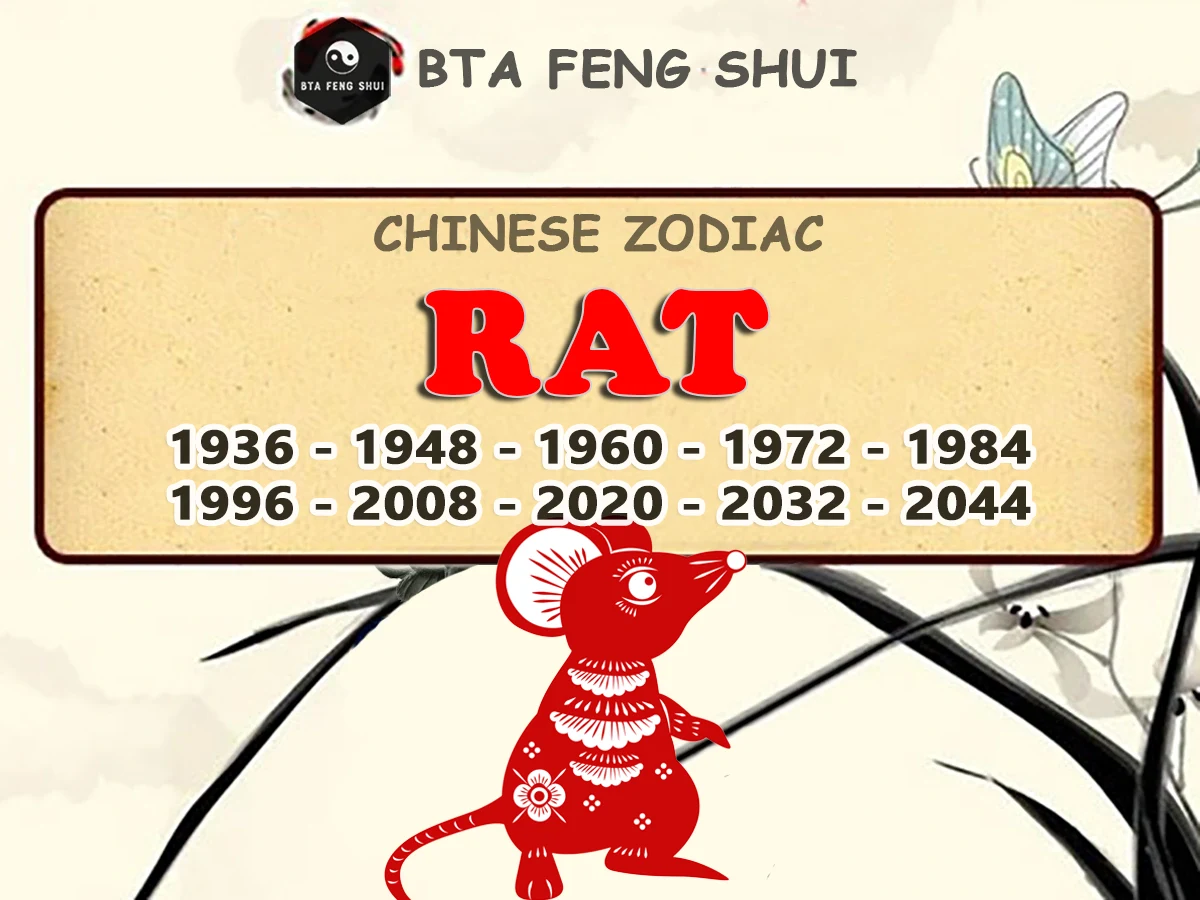
Ox (牛 - Niú) – The Steadfast Worker
Ox individuals are known for their diligence, dependability, and unshakable sense of duty. They move slowly but surely toward their goals and never give up, even under pressure. Though not outwardly romantic, they are patient and deeply loyal partners. Their quiet strength earns respect wherever they go.
- Science: Yin sign, Earthly Branch Chou (丑).
- Active hours: 1 a.m. – 3 a.m. (traditional time to feed the oxen)
- Personality: Honest, patient, methodical, strong-willed
- Best career fields: Law, medicine, engineering, agriculture
- Most compatible: Rat, Snake, Rooster
- Least compatible: Goat
- Folklore: Represents reliable strength and prosperous harvests.
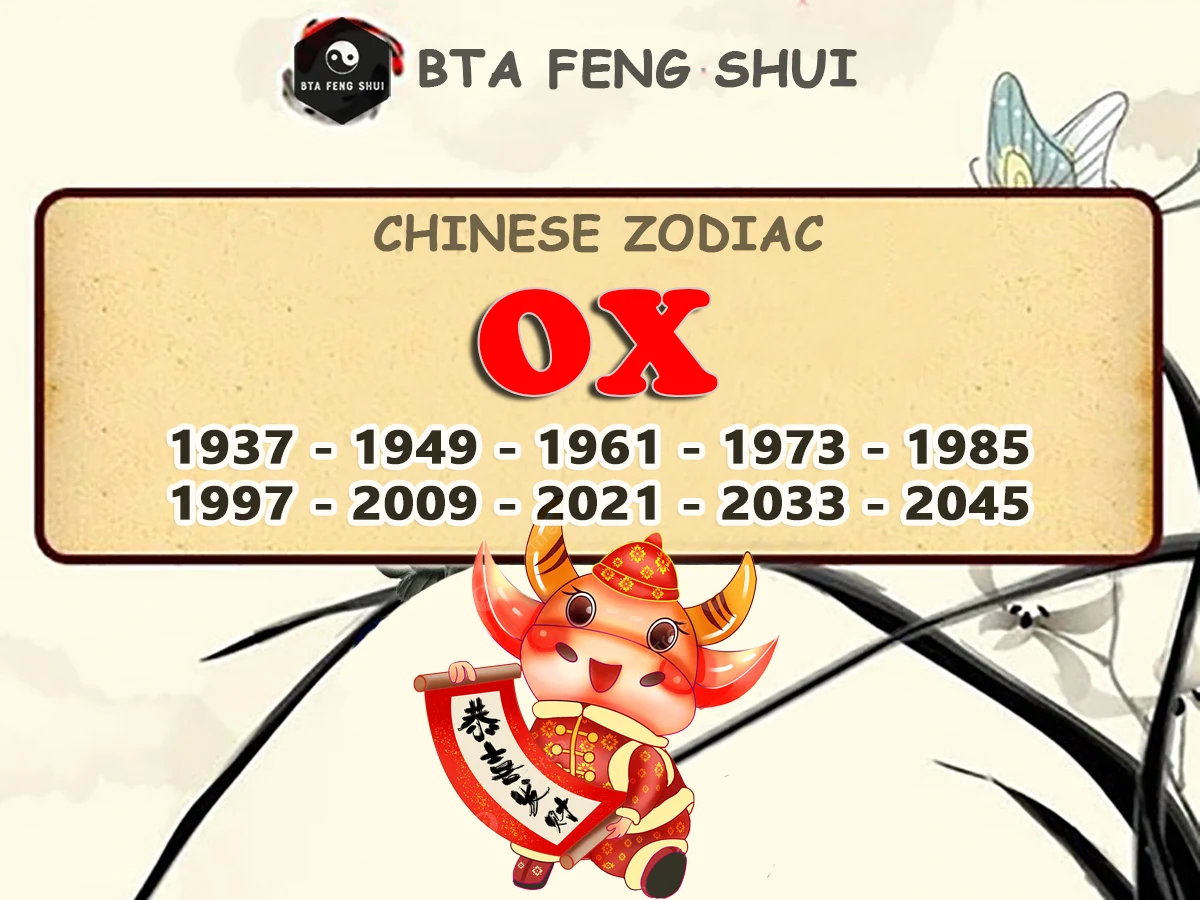
Tiger (虎 - Hǔ) – The Fearless Leader
Bold, passionate, and magnetic, Tigers love to take charge and protect those around them. They have a strong sense of justice and never back down from a challenge. While their impulsiveness can lead to setbacks, their resilience ensures they always rise again stronger.
- Science: Yang sign, Earthly Branch Yin (寅).
- Active hours: 3 a.m. – 5 a.m. (when tigers hunt)
- Personality: Brave, confident, competitive, charismatic
- Best career fields: Management, politics, military, performing arts
- Most compatible: Horse, Dog, Pig
- Least compatible: Monkey
- Folklore: A guardian figure that drives away evil spirits.
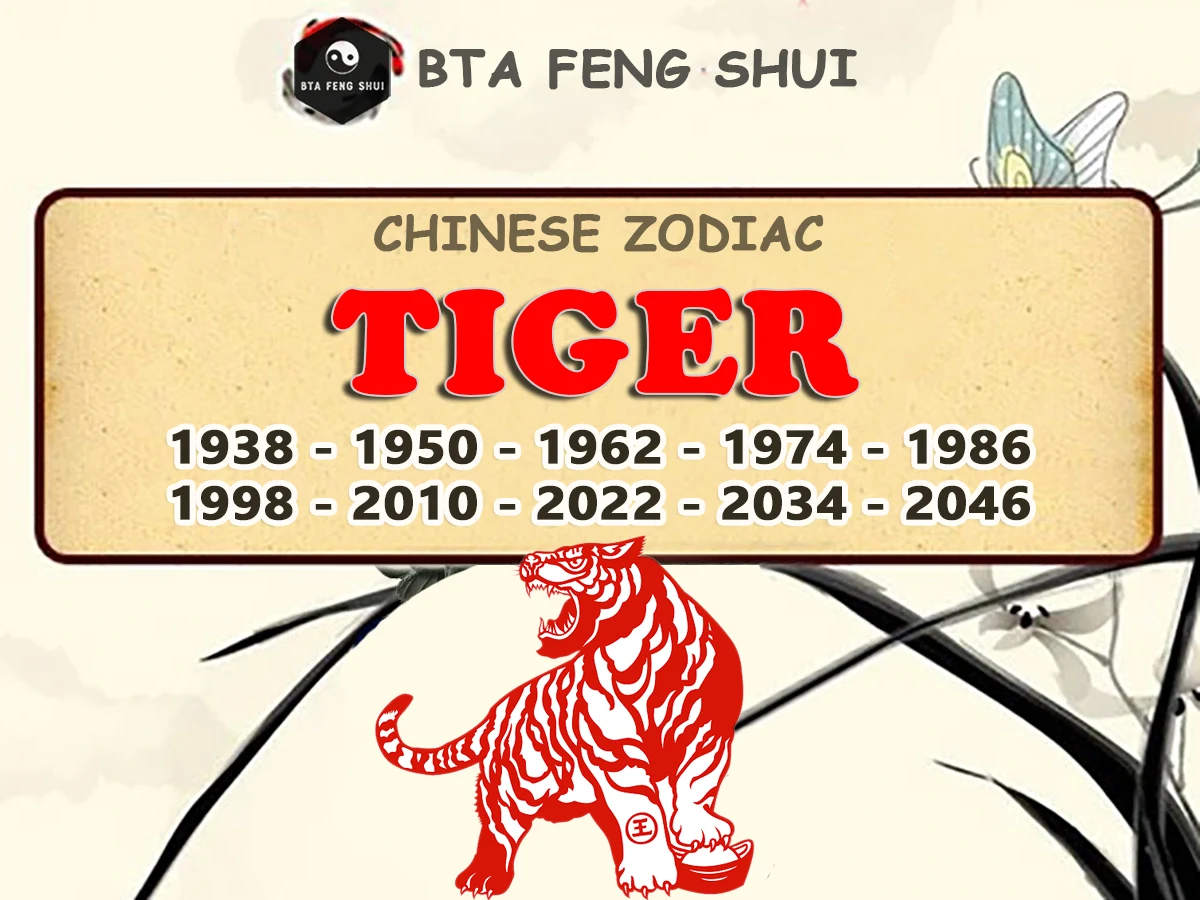
Rabbit (兔 - Tù) – The Gentle Diplomat
Rabbits are elegant, compassionate, and naturally peaceful. They dislike conflict and excel at creating harmony in any environment. Thoughtful and refined, they approach both life and love with grace and sincerity.
- Science: Yin sign, Earthly Branch Mao (卯).
- Active hours: 5 a.m. – 7 a.m. (rabbits leave their burrows at dawn)
- Personality: Kind, artistic, cautious, sophisticated
- Best career fields: Education, diplomacy, design, healthcare
- Most compatible: Goat, Pig, Dog
- Least compatible: Rooster
- Folklore: Emblem of grace, blessings, and the Moon Rabbit legends.
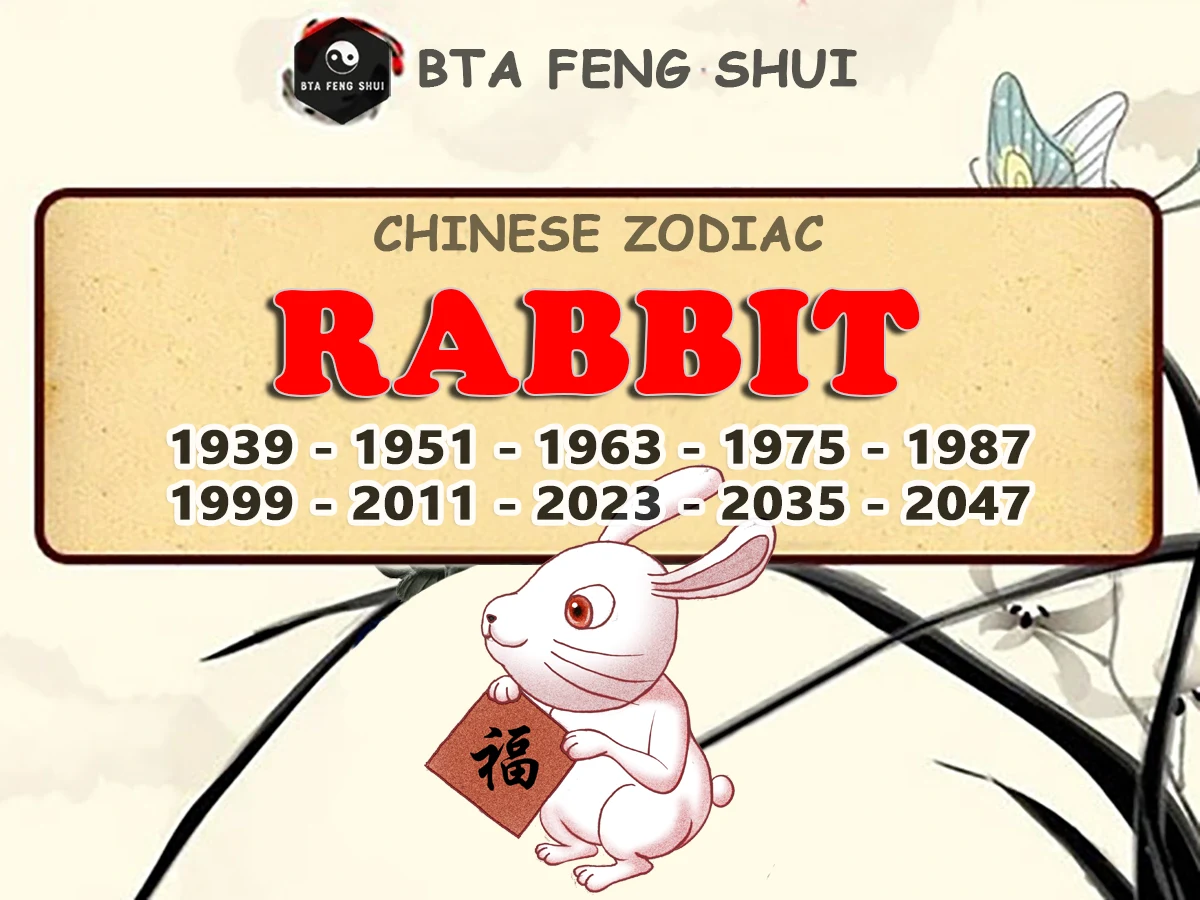
Dragon (龙 - Lóng) – The Majestic Visionary
Dragons are the most powerful and auspicious sign. Charismatic, ambitious, and blessed with natural luck, they inspire awe wherever they go. They dream big and possess the energy and courage to turn those dreams into reality.
- Science: Yang sign, Earthly Branch Chen (辰).
- Active hours: 7 a.m. – 9 a.m. (morning mist – dragons descend)
- Personality: Confident, enthusiastic, noble, innovative
- Best career fields: Leadership, entrepreneurship, arts, public speaking
- Most compatible: Rat, Monkey, Rooster
- Least compatible: Dog
- Folklore: Symbol of imperial power, rain, and prosperity.
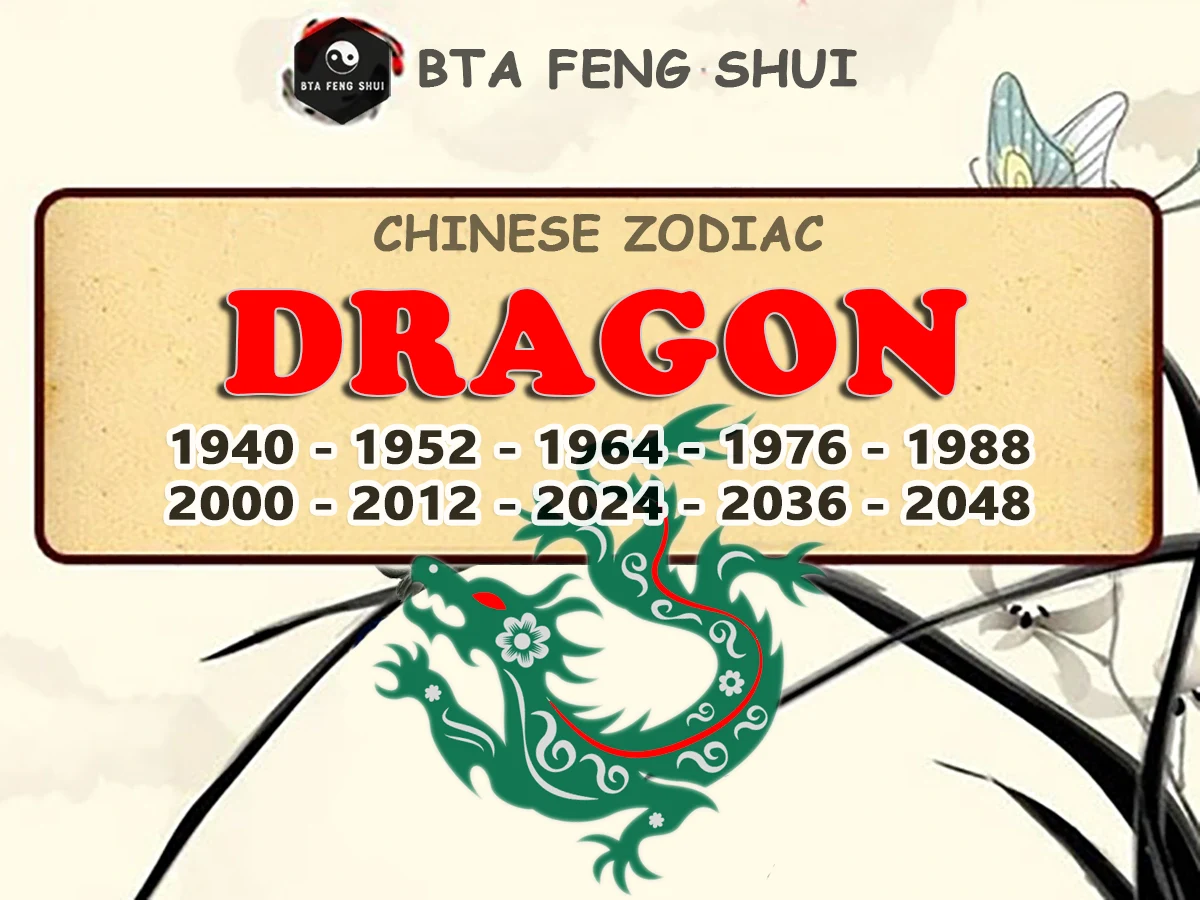
Snake (蛇 - Shé) – The Enigmatic Sage
Snakes are deep thinkers with refined tastes and sharp intuition. They appear calm and mysterious, but beneath the surface lies intense passion and determination. They plan carefully and strike only when the moment is perfect.
- Science: Yin sign, Earthly Branch Si (巳).
- Active hours: 9 a.m. – 11 a.m. (snakes bask in the sun)
- Personality: Wise, elegant, intuitive, private
- Best career fields: Psychology, philosophy, finance, creative arts
- Most compatible: Ox, Rooster, Monkey
- Least compatible: Pig
- Folklore: Represents hidden wisdom and spiritual protection.
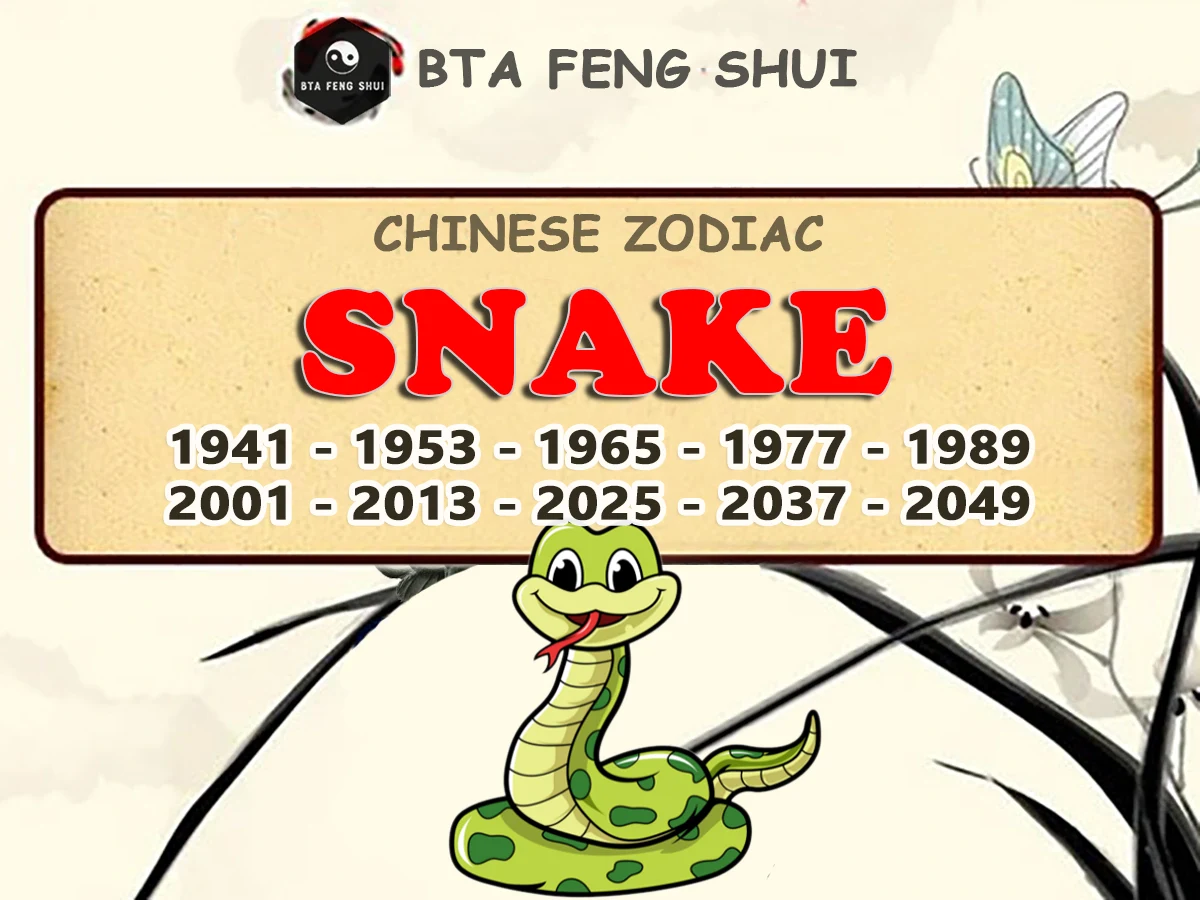
Horse (马 - Mǎ) – The Free Spirit
Horses are energetic, independent, and born to roam. They love adventure, crowds, and being the center of attention. Quick-tempered but equally quick to forgive, they live life at full gallop.
- Science: Yang sign, Earthly Branch Wu (午).
- Active hours: 11 a.m. – 1 p.m. (peak sunshine – horses prance joyfully)
- Personality: Optimistic, adventurous, eloquent, hardworking
- Best career fields: Travel, sales, public relations, performing
- Most compatible: Tiger, Dog, Goat
- Least compatible: Rat
- Folklore: Icon of speed, success, and upward progress.
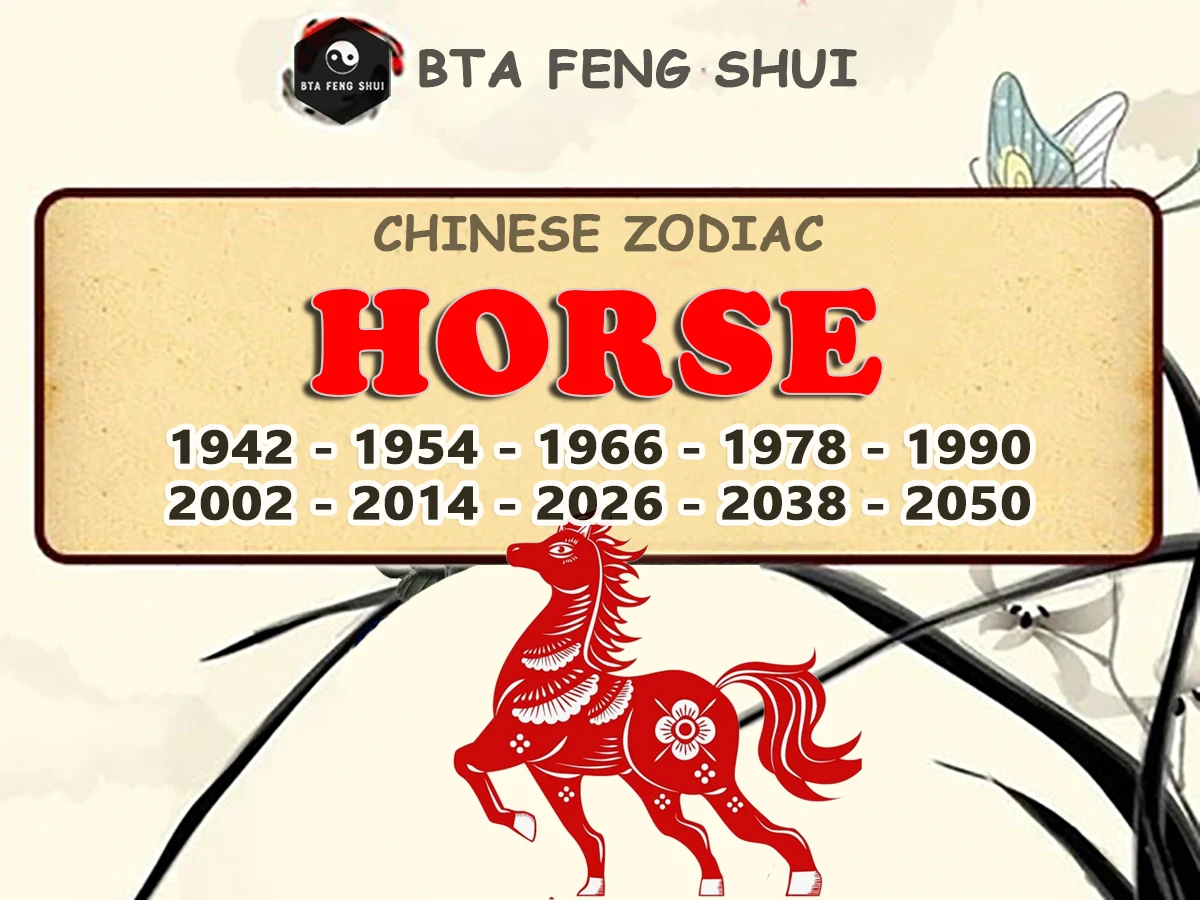
Goat (羊 - Yáng) – The Gentle Artist
Goats are kind-hearted, creative, and deeply empathetic. They prefer peace over confrontation and often use subtle persuasion rather than force. Their refined taste and loving nature make them wonderful companions.
- Science: Yin sign, Earthly Branch Wei (未).
- Active hours: 1 p.m. – 3 p.m. (best grazing time)
- Personality: Gentle, artistic, compassionate, elegant
- Best career fields: Arts, design, education, caregiving
- Most compatible: Rabbit, Horse, Pig
- Least compatible: Ox
- Folklore: Symbol of harmony, creativity, and gentle luck.
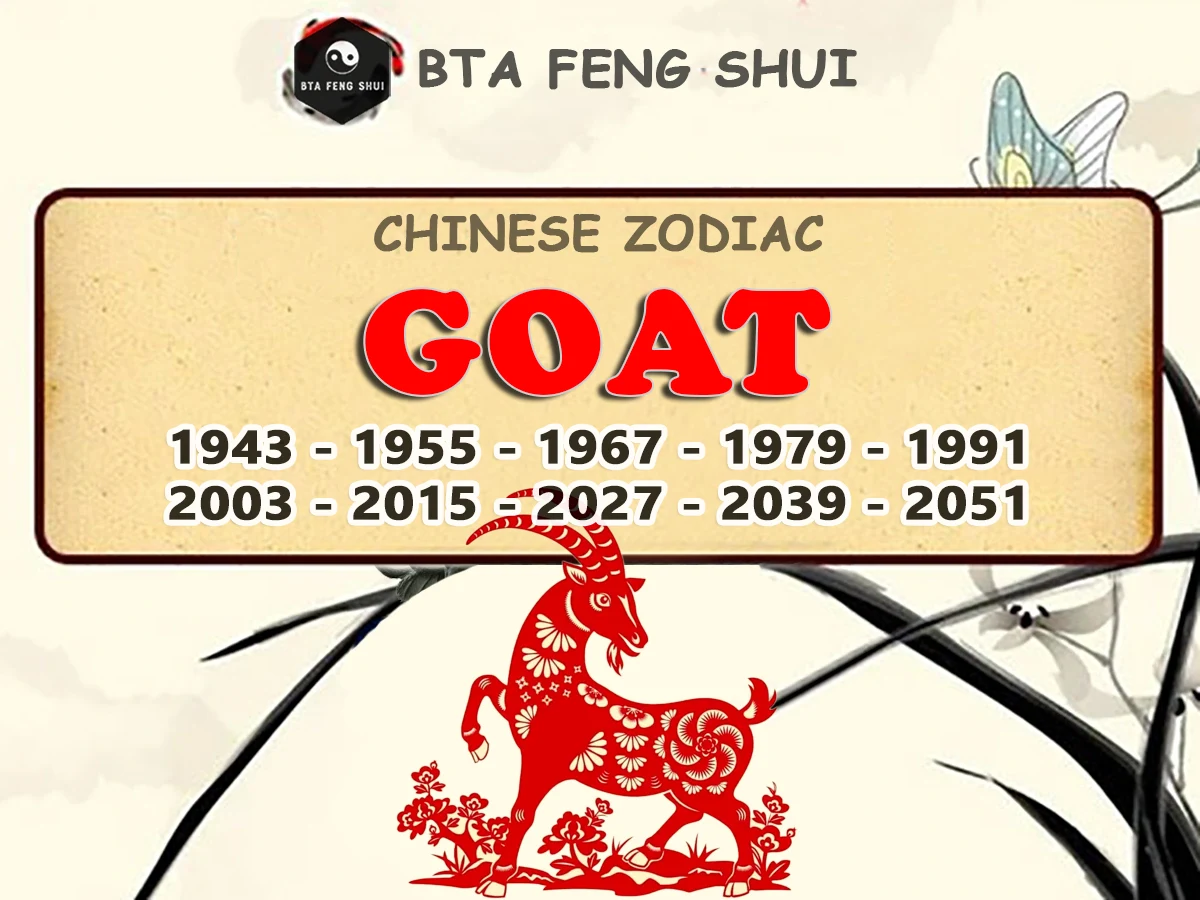
Monkey (猴 - Hóu) – The Brilliant Innovator
Monkeys are clever, curious, and full of brilliant ideas. They thrive on variety and intellectual challenges. Charismatic and playful, they easily win friends but can become restless if bored.
- Science: Yang sign, Earthly Branch Shen (申).
- Active hours: 3 p.m. – 5 p.m. (monkeys play as the day cools)
- Personality: Witty, inventive, sociable, versatile
- Best career fields: Media, technology, business, entertainment
- Most compatible: Rat, Dragon, Snake
- Least compatible: Tiger
- Folklore: Celebrated as a witty problem-solver in folk tales.
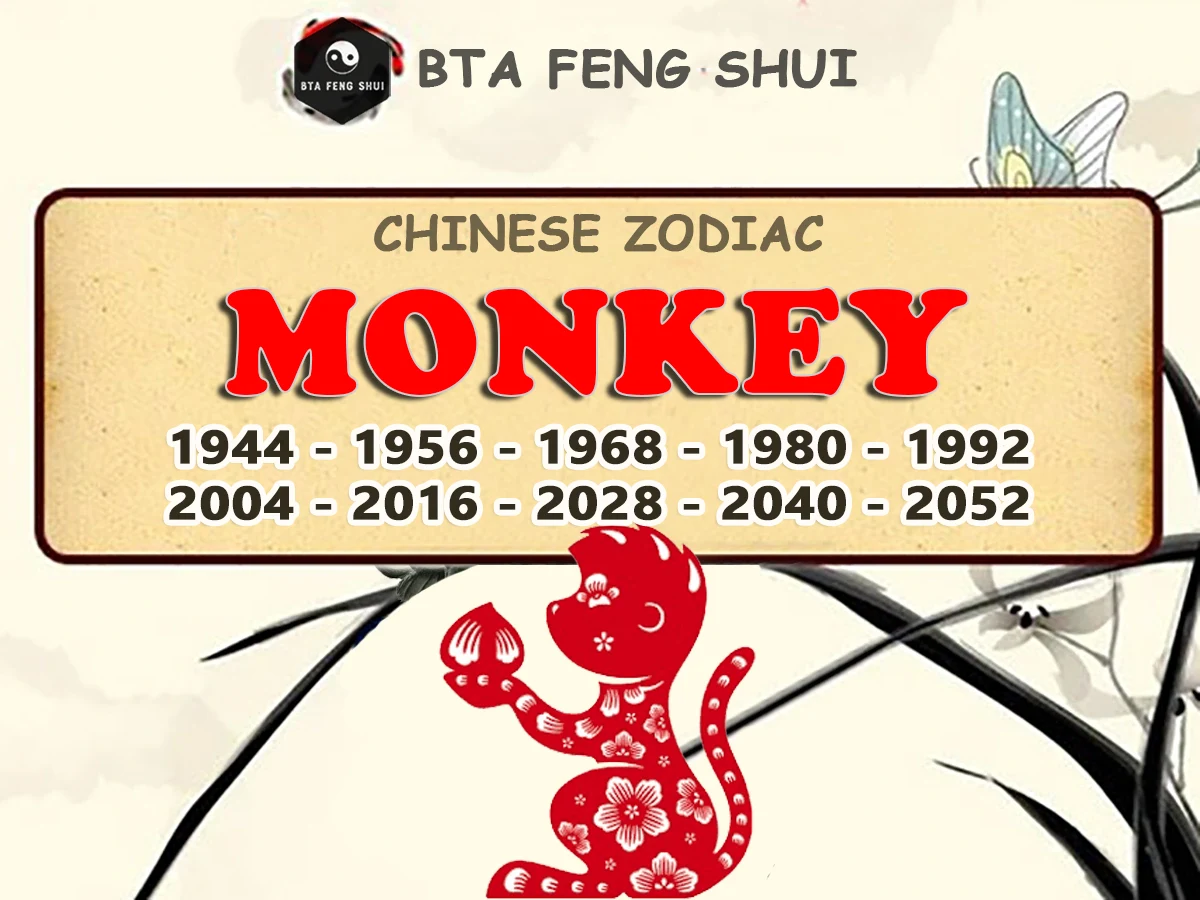
Rooster (鸡 - Jī) – The Confident Performer
Roosters are observant, hardworking, and love to shine. They have a keen eye for detail and take great pride in their appearance and achievements. Honest to a fault, they always speak their mind.
- Science: Yin sign, Earthly Branch You (酉).
- Active hours: 5 p.m. – 7 p.m. (roosters return to the coop)
- Personality: Confident, organized, outspoken, courageous
- Best career fields: Fashion, public speaking, management, hospitality
- Most compatible: Ox, Snake, Dragon
- Least compatible: Rabbit
- Folklore: Bringer of clarity and protection from darkness.
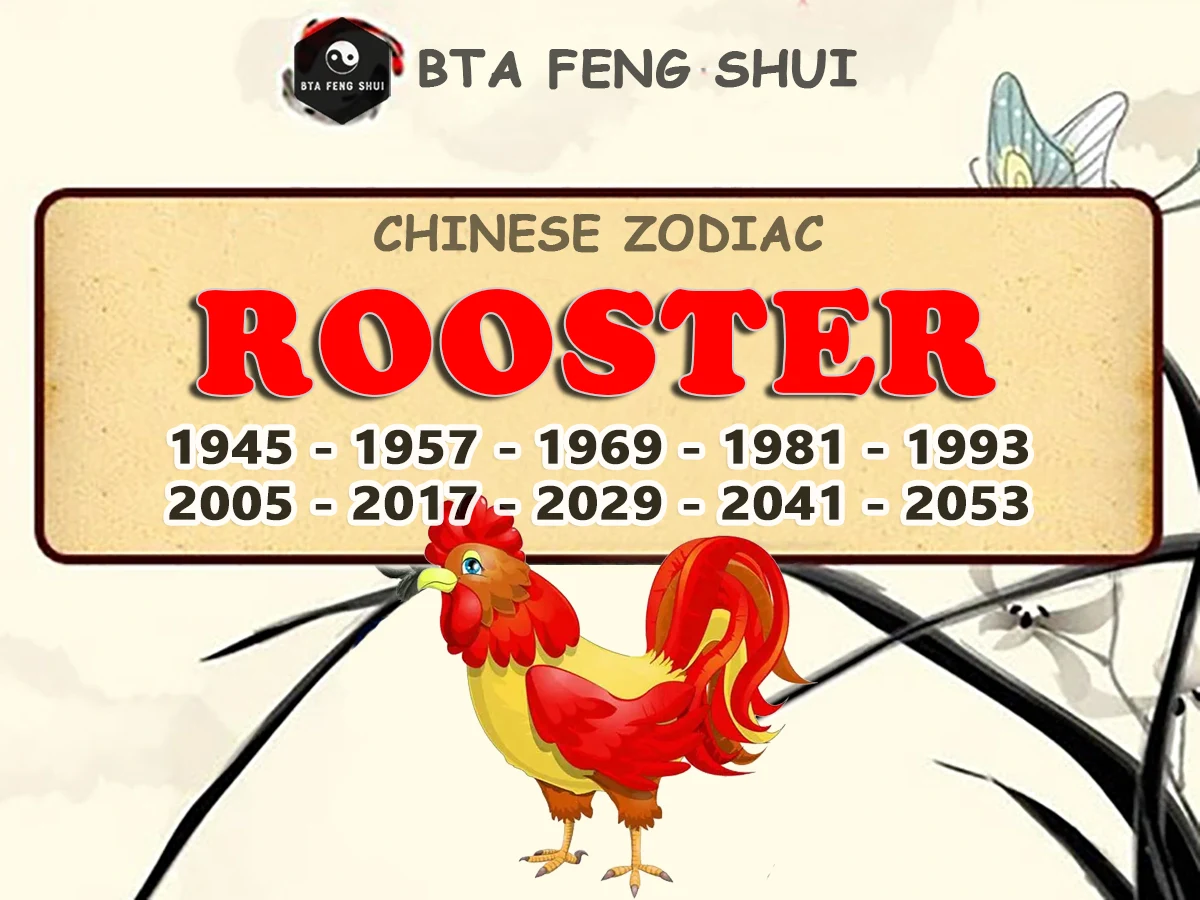
Dog (狗 - Gǒu) – The Loyal Guardian
Dogs are honest, faithful, and deeply protective of loved ones. They have a strong sense of justice and will stand up for what is right, no matter the cost. Their loyalty makes them treasured friends and partners.
- Science: Yang sign, Earthly Branch Xu (戌).
- Active hours: 7 p.m. – 9 p.m. (dogs patrol with their owners)
- Personality: Loyal, sincere, responsible, protective
- Best career fields: Law enforcement, teaching, medicine, social work
- Most compatible: Tiger, Horse, Rabbit
- Least compatible: Dragon
- Folklore: Symbolizes justice, loyalty, and safeguarding the home.
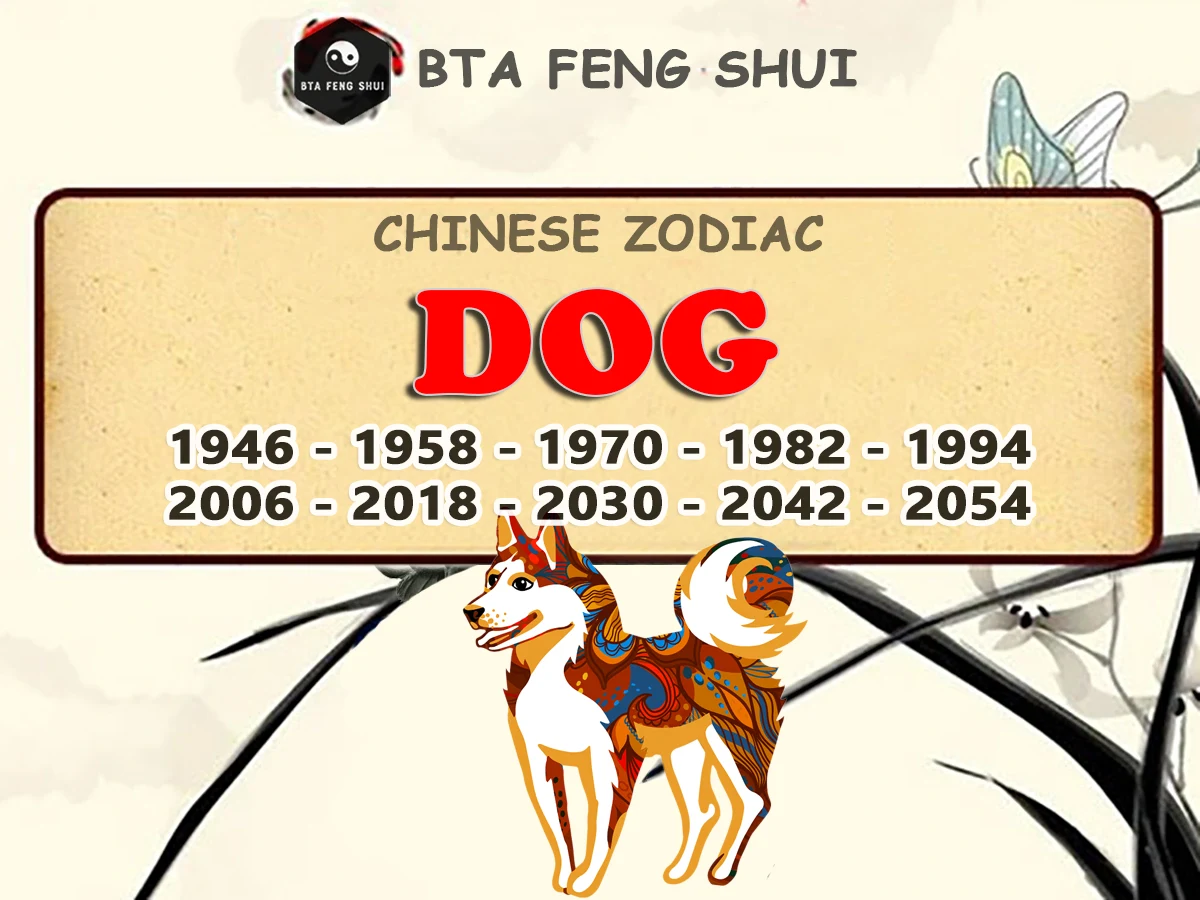
Pig (猪 - Zhū) – The Warm-Hearted Optimist
Pigs are generous, kind-hearted, and love the good things in life. They work hard to provide comfort for themselves and others. Though sometimes naive, their sincerity and optimism win hearts everywhere.
- Science: Yin sign, Earthly Branch Hai (亥).
- Active hours: 9 p.m. – 11 p.m. (pigs settle for the night)
- Personality: Honest, tolerant, sociable, peaceful
- Best career fields: Education, healthcare, arts, hospitality
- Most compatible: Tiger, Rabbit, Goat
- Least compatible: Snake
- Folklore: Sign of abundance, ease, and steady good fortune.
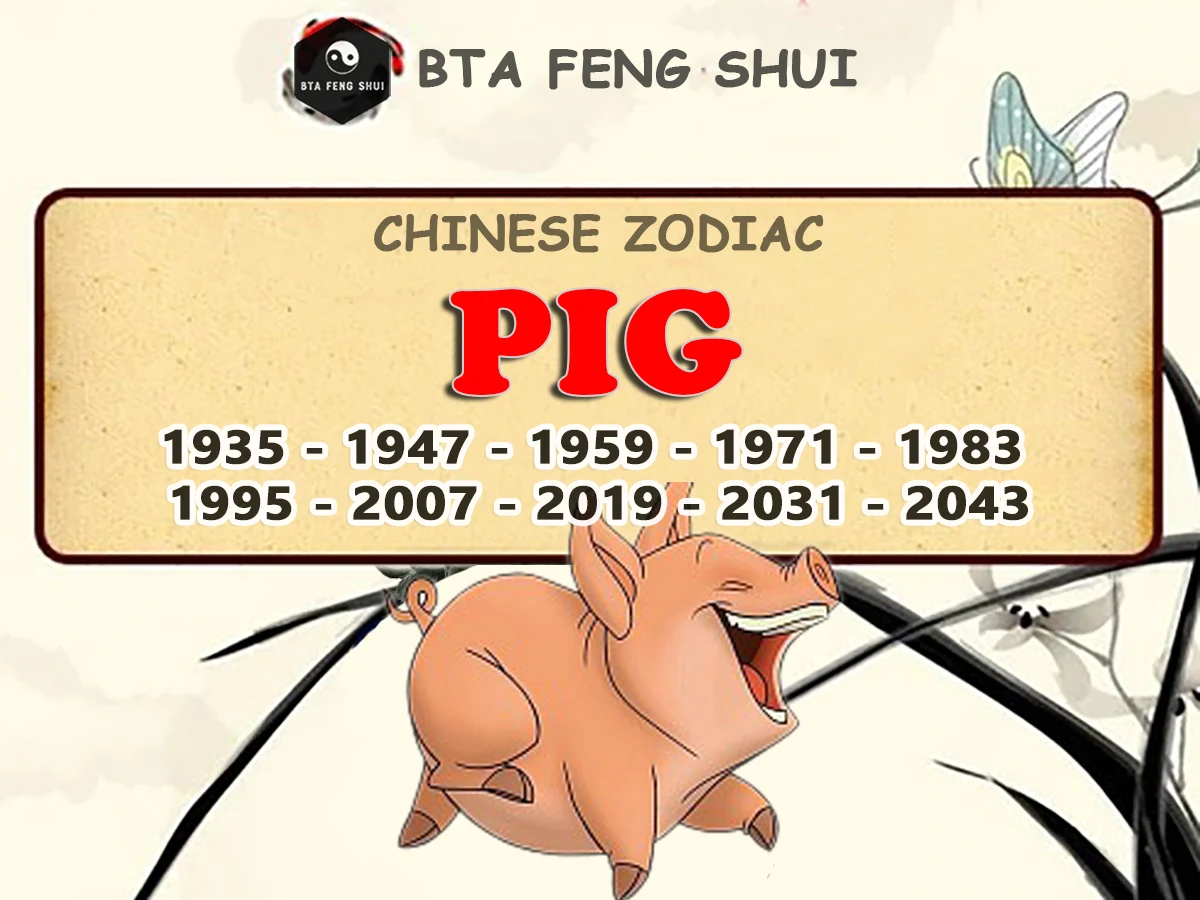
Differences Between Chinese Zodiac and Western Astrology
Chinese zodiac and Western astrology both use 12 signs and link birth periods with personality traits. However, their foundations, logic, and time systems are completely different.
The Chinese zodiac is rooted in cultural symbolism: twelve animals chosen through ancient stories, observations of human behavior, and the cyclical concept of years. Each sign governs a full lunar year, shaping fortune, personality, and compatibility.
In contrast, Western astrology is based on astronomy. Its 12 signs correspond to the positions of constellations along the ecliptic, named after Greek mythology. Each sign covers roughly one month, and interpretations focus on planetary influence at the time of birth.
Overall, the Chinese zodiac is year-based and animal-centered, while Western astrology is star-based and month-based, using both animal and non-animal symbols.
The Chinese Zodiac Across Cultures and Traditions
Chinese Zodiac in Other Asian Countries
The Chinese zodiac system has shaped cultural beliefs across many Asian regions, though each country adapts it in its own way. Some keep the original 12 animals, while others replace or modify specific signs.
- Countries using the same 12 animals as China include South Korea, North Korea, Singapore, and Cambodia: Rat – Ox – Tiger – Rabbit – Dragon – Snake – Horse – Goat – Monkey – Rooster – Dog – Pig
- Japan: Rat – Ox – Tiger – Rabbit – Dragon – Snake – Horse – Goat – Monkey – Rooster – Dog – Boar
- Vietnam: Rat – Buffalo – Tiger – Cat – Dragon – Snake – Horse – Goat – Monkey – Rooster – Dog – Pig
- Thailand: Rat – Ox – Tiger – Rabbit – Naga (a mythical half-human-half-snake spirit) – Snake – Horse – Goat – Monkey – Rooster – Dog – Pig
- Myanmar (Burmese Zodiac – 8 Animals): Garuda – Tiger – Lion – Elephant (tusked) – Elephant (tuskless) – Rat – Guinea Pig – Dragon (Note: Myanmar uses a planetary-based system rather than a 12-year cycle.)
Ben Ming Nian (Your Zodiac Birth Year)
In Chinese tradition, entering your Ben Ming Nian—the year of your own zodiac sign—signals a challenging period rather than a lucky one. This 12-year cycle is believed to bring instability, requiring extra caution and spiritual protection.
Common practices include:
- Wearing red items (such as bracelets, belts, or underwear) for protection
- Honoring Tai Sui, the annual guardian deity, at temples
- Avoiding major risks and staying mindful of personal well-being
These customs remain widely observed today, as many people still view their Ben Ming Nian as a year that tests resilience and requires symbolic safeguards.












